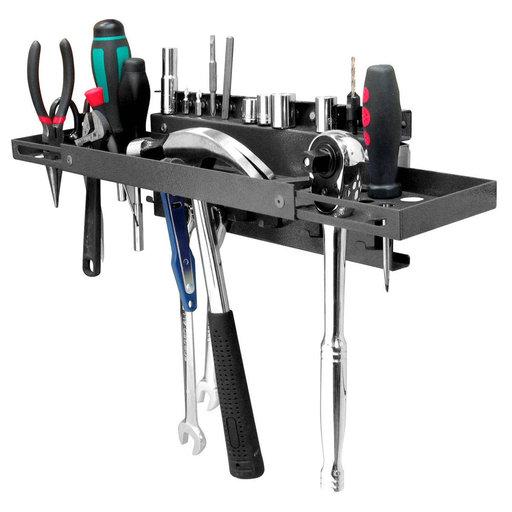Tool Holders Market to Surpass USD 2,268.1 million by 2035

The global tool holders market is gearing up for a decade of remarkable transformation, projected to rise from USD 1,366.2 million in 2025 to USD 2,268.1 million by 2035, expanding at a CAGR of 5.2%. This steady growth reflects the increasing integration of precision machining, automation, and Industry 4.0 technologies in manufacturing environments worldwide.
As industries such as automotive, aerospace, and electronics accelerate digital production, tool holders are evolving from basic mechanical components to intelligent systems that ensure cutting accuracy, vibration control, and enhanced runout precision. Established leaders and emerging manufacturers alike are now investing in innovation to meet rising global demand.
Get this Report at $5000 Only (Report price) | Exclusive Discount Inside!: https://www.futuremarketinsights.com/reports/sample/rep-gb-6512
Market Evolution: From Precision to Intelligence
Between 2025 and 2030, the tool holders market will add more than USD 394 million in new value, marking 44% of the total decade’s expansion. This phase represents the industry’s transition toward smart, vibration-dampened, and thermally stable tool holding systems. Manufacturers are focusing on creating holders that offer consistent precision even under high-speed machining conditions—capabilities that were once considered premium but are now standard expectations.
From 2030 to 2035, the market will continue its upward climb, adding another USD 507.8 million in value. This period will see deeper integration with Industry 4.0 ecosystems, including predictive maintenance, tool wear sensors, and data-driven machining optimization. Tool holders will become active participants in the smart factory network, bridging the gap between machinery and digital intelligence.
Established and Emerging Players Drive Innovation
Market leaders such as Guhring KG, Seco Tools AB, and Emuge-Franken are expanding their product portfolios with advanced precision tool holder systems, while NT Tool Corporation, Mapal Group, and BIG Kaiser Precision Tooling are introducing specialized designs for high-speed and multi-axis machining.
At the same time, new entrants from Asia and Europe are leveraging modern materials, modular designs, and digital compatibility to challenge established brands. These emerging manufacturers are focusing on cost-effective, high-performance solutions that align with the growing demand for automation-ready equipment.
Automotive and Aerospace at the Core of Demand
The automotive industry remains the largest consumer of tool holders, capturing around 38% of market share in 2025. With the shift toward electric vehicles and lightweight materials, manufacturers are adopting precision tool holders to improve cycle times and maintain tight tolerances in aluminum and composite component production.
In the aerospace sector, complex geometries and multi-axis machining requirements are driving demand for high-rigidity and vibration-free tool holders that ensure reliability in producing critical components. These trends highlight the crucial role of tool holders in modern, high-value manufacturing environments.
Regional Growth Dynamics
The Asia-Pacific region leads the global market, with China and India registering growth rates of 7.0% and 6.5% CAGR, respectively. Both nations are investing heavily in industrial automation and precision machining under government-led initiatives like Made in China 2025 and Make in India.
In contrast, developed regions such as Germany (6.0% CAGR) and the United States (4.9% CAGR) focus on high-performance tool holders for aerospace, defense, and industrial applications. Japan and the UK continue to show steady but consistent adoption driven by advancements in robotics, semiconductors, and metalworking.
- Art
- Causes
- Crafts
- Dance
- Drinks
- Film
- Fitness
- Food
- Oyunlar
- Gardening
- Health
- Home
- Literature
- Music
- Networking
- Other
- Party
- Religion
- Shopping
- Sports
- Theater
- Wellness


